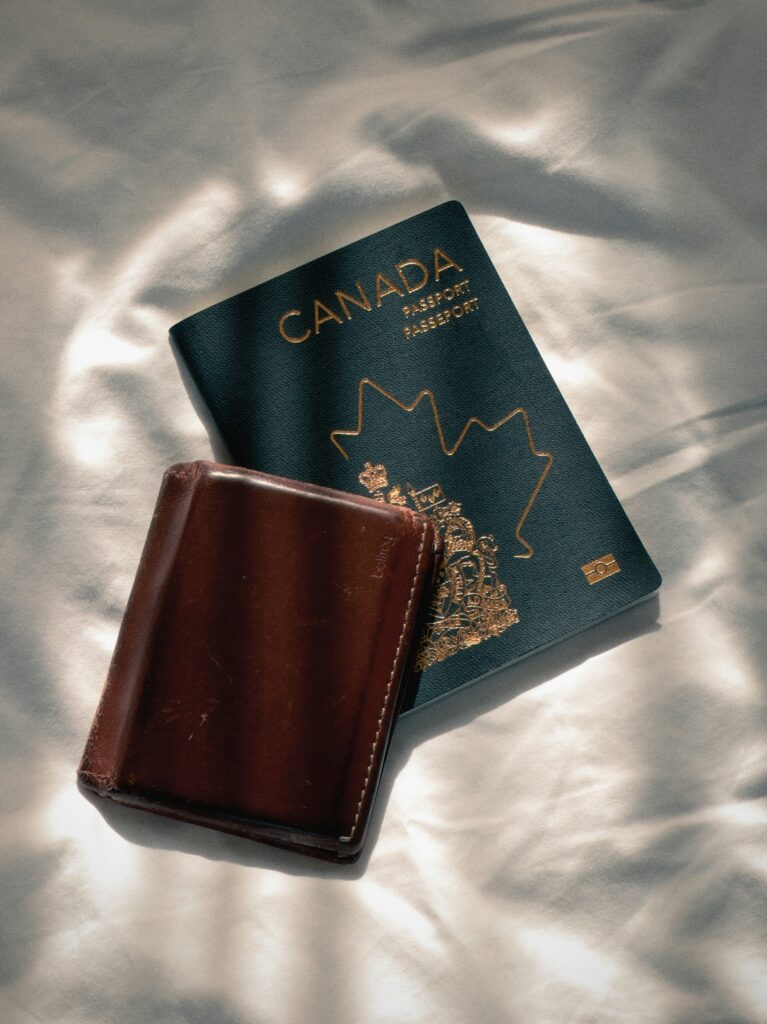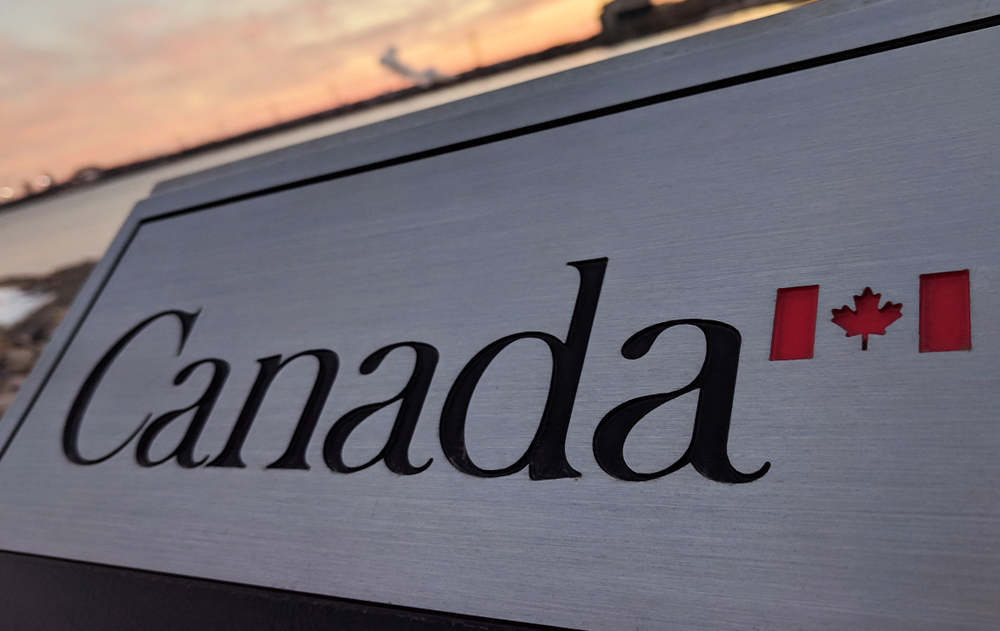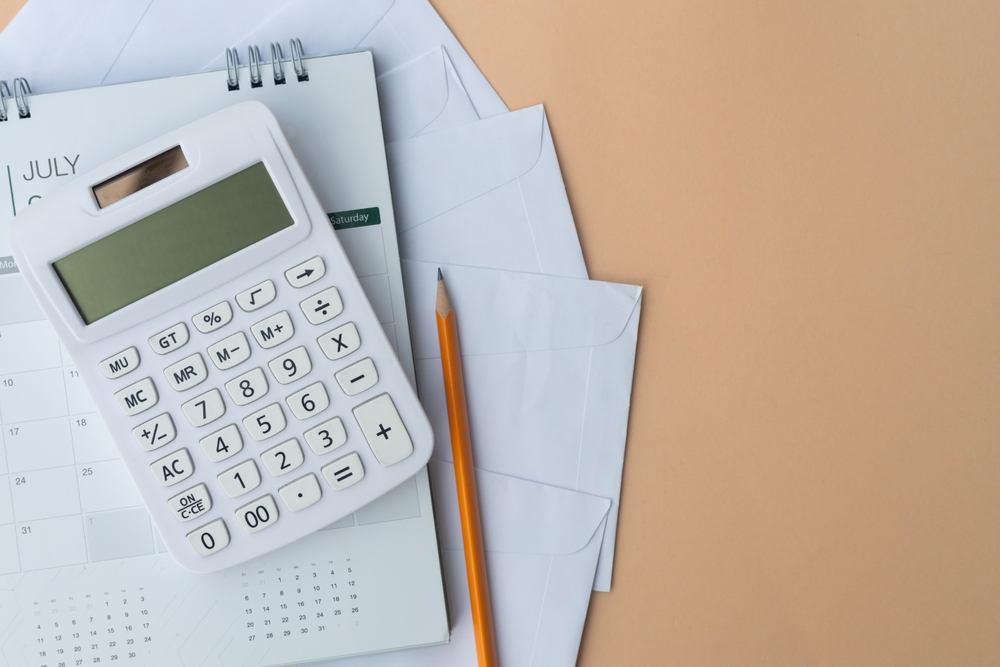Debt can be overwhelming, and the pressure to pay it off can be crushing. Fortunately, there are solutions available for individuals dealing with debt, such as consumer proposals. Consumer proposals are a popular alternative to bankruptcy that can help reduce debt and give individuals more time to pay back their creditors.
In this article, we’ll explore the Consumer Proposal Laws in Canada, break down what they mean for you, and explain the rules and regulations that have to be followed when filing a consumer proposal.
Key Points
- The Bankruptcy and Insolvency Act
- Consumer Proposal Rules and Regulations in Canada
- Are consumer proposal records publicly available?
- Who is responsible for legislating these proposals?
- What role does the Office of the Superintendent of Bankruptcy play?
- Need more advice on Consumer Proposal laws? Speak to H&P
The Bankruptcy and Insolvency Act
The Bankruptcy and Insolvency Act of Canada is designed to protect the rights of honest but unfortunate debtors, as well as the rights of creditors to ensure a fair settlement. The Act allows individuals to offer their creditors a settlement on money owed with the protection of the court system.
Consumer proposals in Canada are a legal process governed by the BIA. This means that there is no separate act that specifically regulates consumer proposals, and the BIA only permits two types of proposals:
- Division I proposals are primarily for businesses, but also consumers with more than 250k of debt
- Division II proposals are for individuals
Consumer Proposal Rules and Regulations in Canada
Irrespective of whether you file for a personal or commercial business proposal, there are several rules and regulations that must be followed when filing for them. These regulations are put in place to ensure that the process is fair and transparent for all parties involved. Some of the key rules and regulations include:
A consumer proposal must be filed with a Licensed Insolvency Trustee
This is a mandatory requirement under the Consumer Proposal Act. A Licensed Insolvency Trustee (or LIT) is a licensed professional who is authorized to administer consumer proposals and other debt management solutions.
Stay of proceedings under a consumer proposal
When a consumer proposal is filed, there is an automatic stay of proceedings that prevents creditors from taking any legal action against the debtor. This stay of proceedings provides breathing room for the debtor to work with the LIT to devise a plan for paying back their debt. In other words, it is a legal stop to any collection efforts, including lawsuits and garnishments, calls, texts and emails.
Debt limit
There is a debt limit for consumer proposals, which is currently set at $250,000 (excluding mortgages on the debtor’s principal residence).
Term
The term of a consumer proposal division 2 has a maximum length of five years. There is no maximum length for division 1.
Meeting of creditors
In a consumer proposal, a Meeting of Creditors is only called where more than 25% of the creditors request one at the end of the 45-day voting period, otherwise, the proposal is deemed accepted. For a Division 1, the meeting is 21 days after filing and can be adjourned to extend the voting timeline.
Voting
Creditors have the right to vote on the consumer proposal. The consumer proposal must be accepted by a majority of the creditors (in terms of the amount of debt owed) for it to be approved.
A division one proposal requires 51% in numbers, and ⅔ of the dollars to vote in favour.
Requirement for court approval
If the proposal is accepted by the creditors, it must be approved by the court before it can become binding on all unsecured creditors. The court approval is automatic 15 days later unless it is opposed. Division 1 proposals always go to court, however, in most cases, the court accepts without concern.
Binding on all unsecured creditors
Once the proposal is approved, it becomes binding on all unsecured creditors. This means that they cannot take any legal action against the debtor to recover the debt.
Annulment
A consumer proposal can be annulled if the debtor fails to comply with the terms of the proposal, and falls behind the equivalent of 3 monthly payments. A division one proposal is the same but you can only fall behind one monthly payment.
Certificate of proposal performed
Once the terms of the proposal have been completed, the LIT will issue a certificate of full performance.
Read our guide – Can I Get A Loan While In A Consumer Proposal
Are consumer proposal records publicly available?
Once the terms of the proposal have been completed, the LIT will issue a certificate of full performance.
Who is responsible for legislating these proposals?
The Bankruptcy and Insolvency Act is federal legislation, which means that consumer proposal laws are applicable in every province of Canada. Although provincial laws don’t direct how a consumer proposal is administered, they affect creditor collection rights outside of a consumer proposal, and what assets are exempt from seizure.
It’s important to know that provincial asset exemptions can impact the cost of your consumer proposal, and some individual provinces may offer their own debt-relief options, such as Alberta’s Orderly Payment of Debts. It would be wise to check what is seizable and what is not in your province before signing on the consumer proposal dotted line.
What role does the Office of the Superintendent of Bankruptcy play?
The Office of the Superintendent of Bankruptcy (OSB) is responsible for governing BIA filings and all Licensed Insolvency Trustees who work as consumer proposal administrators. The OSB regulates and supervises public records of filings, including reporting consumer proposals filed and completed to the credit bureaus. In the rare circumstance where you have an issue with your consumer proposal that your LIT cannot solve, the OSB is your next port of call.
Need more advice on Consumer Proposal laws? Speak to H&P
Navigating the regulations surrounding consumer proposals can be complicated and overwhelming, especially for individuals and businesses dealing with debt. That’s why it’s important to work with a Licensed Insolvency Trustee who has the knowledge and experience to help guide you through the process.
Harris & Partners is a licensed insolvency trustee in Canada that has been helping individuals and businesses deal with debt for more than 50 years. Our team of experienced LITs will work with you to find the best solutions for your specific situation, whether that’s a consumer proposal, debt consolidation, or another debt management solution. Your initial consultation with us is always free, so take advantage of getting some impartial advice from our financial experts.
Get in touch, and start on your path to financial freedom today with the right debt management company.









